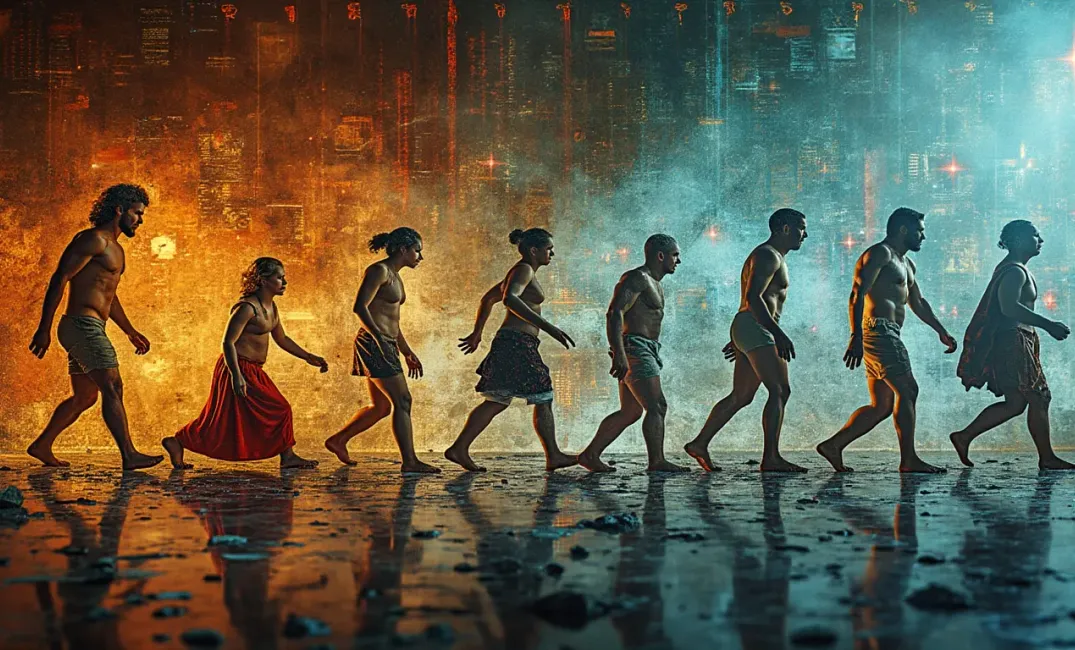Introduction: A Chronicle of Endless Creation
"Every artist was first an amateur." — Ralph Waldo Emerson
Human creativity is a boundless force—an enduring testament to our species' capacity to express, invent, and innovate. From primitive images on cave walls to immersive virtual landscapes, creativity has driven the evolution of civilization and manifested in countless forms. This entry delves into the journey of human creativity, highlighting its role in fostering cultural identity, technological advancements, and societal transformation.
Ancient Beginnings: Expressions of Survival and Symbolism
The First Artistic Expressions
- Cave Paintings and Petroglyphs: The earliest evidence of human creativity lies in prehistoric cave art, where figures and symbols depict daily life and spiritual beliefs. Sites like Lascaux in France and Altamira in Spain showcase humanity's innate desire to communicate and encapsulate experiences.
- Ritual and Symbolism: Creativity in ancient societies often intertwined with spirituality. Ritual objects, such as the Venus figurines, illustrate symbolic meanings and cultural values relating to fertility, survival, and community cohesion.
Storytelling and Oral Traditions
- Myths and Legends: Oral storytelling transported adventures, wisdom, and cultural lessons across generations, forming the backbone of communal identity and creative expression. These narratives fostered shared values and provided explanations for natural phenomena and human nature.
The Flourishing of Arts: Cultures and Epochs
Classical Inspirations
- Greek and Roman Art: The classical era saw artistic advancements reflecting ideals of harmony and proportion. Sculpture, literature, and theater flourished, with works like the Parthenon and Homer's epics conveying artistic aspirations and societal ideals.
- Asian Art Traditions: In Asia, intricate art forms emerged, with China’s calligraphy, India's temple murals, and Japan’s ukiyo-e prints showcasing cultural richness and spiritual depth, emphasizing balance, nature, and dynamic expression.
Renaissance Rebirth
- Artistic Renaissance: The Renaissance marked a creative revival, with artists like Leonardo da Vinci and Michelangelo elevating realism and humanism. This period was characterized by an exploration of anatomy, perspective, and universal themes—encapsulating human potential.
- Literary and Musical Innovation: Writers like Shakespeare and musicians such as Bach brought forth a cultural renaissance in literature and music, exploring human emotion, morality, and harmony with unprecedented complexity and depth.
Modern Creativity: Innovation and Industrialization
The Artistic Movements
- Impressionism to Abstract Expressionism: The 19th and 20th centuries embraced radical art movements by figures like Monet, van Gogh, and Pollock, challenging traditional boundaries and exploring subjective perceptions and abstract ideas.
- Dada and Surrealism: These movements emerged from the tumult of war, with artists like Duchamp and Dalí questioning reality and rationality, using their works to critique society and explore the subconscious.
Scientific and Technological Creativity
- The Advent of Photography: Photography revolutionized creative expression, with pioneers like Daguerre enabling new ways to capture life’s authenticity and explore visual storytelling.
- The Birth of Cinema: Moving images began to capture the human imagination, with directors such as Chaplin and Eisenstein using film to portray narratives that blended artistic vision with societal commentary.
Digital Frontiers and Contemporary Creativity
The Digital Revolution
- Digital Art and Multimedia: The rise of digital technology ushered a new era of creativity in multimedia art. Innovators like Nam June Paik and contemporary digital artists expanded the possibilities for interactivity and experience in art.
- Virtual and Augmented Realities: Advances in VR and AR have created immersive artistic experiences that bridge virtual and physical worlds, inviting participants to actively engage and shape narrative landscapes.
Cultural Hybridity and Global Influences
- Cross-Cultural Collaboration: Globalization has facilitated the blending of artistic traditions, with diverse cultures influencing music, literature, and visual arts, fostering a hybrid creativity that celebrates multiculturalism.
- Social Media as a Canvas: Platforms like Instagram and TikTok democratize creativity, empowering individuals globally to showcase their art, share inspiration, and influence cultural trends with unprecedented reach.
Conclusion: Creativity as Humanity’s Enduring Beacon
"Imagination is more important than knowledge." — Albert Einstein
As humanity charts its course across epochs and galaxies, creativity remains an intrinsic beacon of expression, exploration, and transformation. It unites us in the universal quest for meaning and identity, transcending constraints of time and space.
Creativity reflects the human essence—curiosity, resilience, and the unwavering desire to innovate and communicate. In an uncertain future, it stands as both a compass and a catalyst, inspiring generations to dream anew and forge paths unforeseen, ensuring that the tapestry of human expression and achievement continues to flourish in infinite forms.
VIRTUAL REALITY, TECHNOLOGY, DIGITAL AGE, IMAGINATION, CULTURE, ART, STORYTELLING, CREATIVITY, HISTORY, INNOVATION

